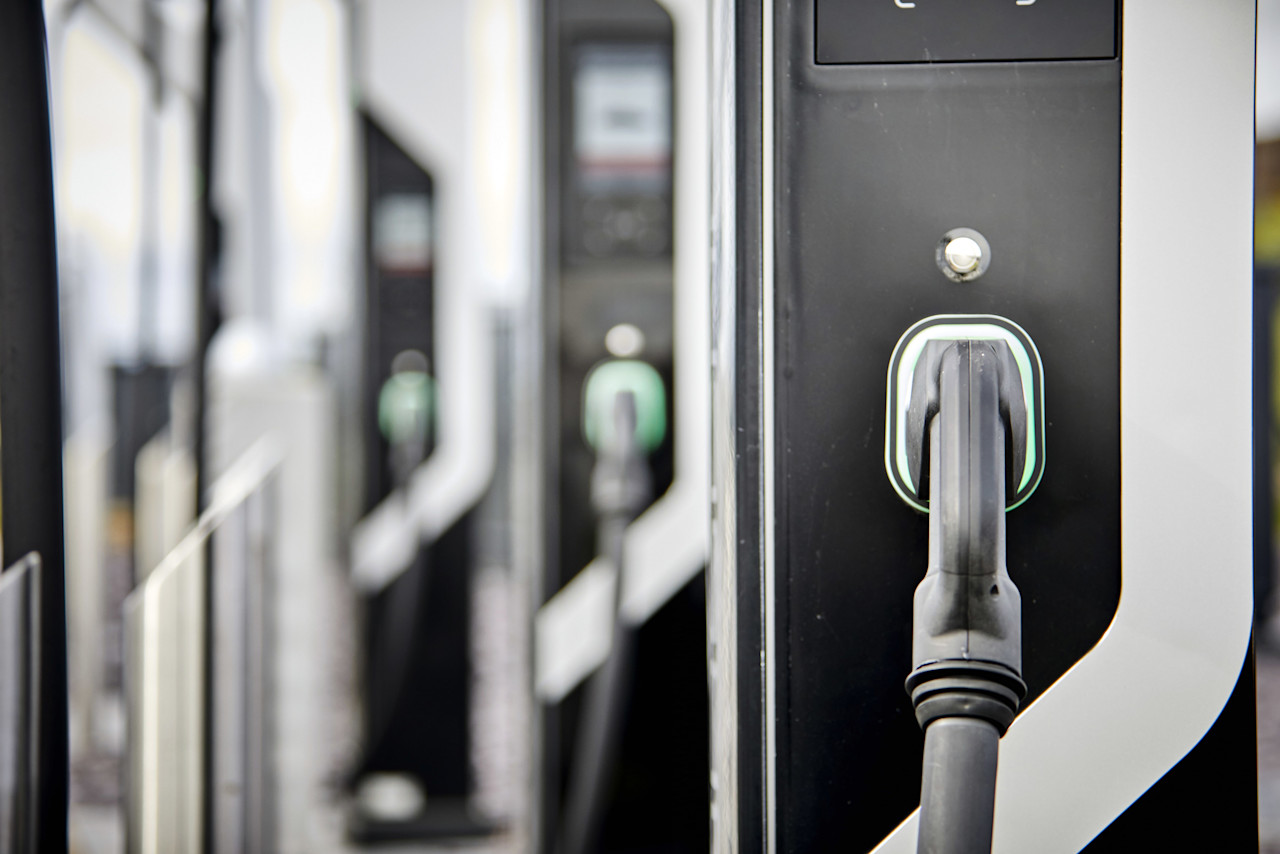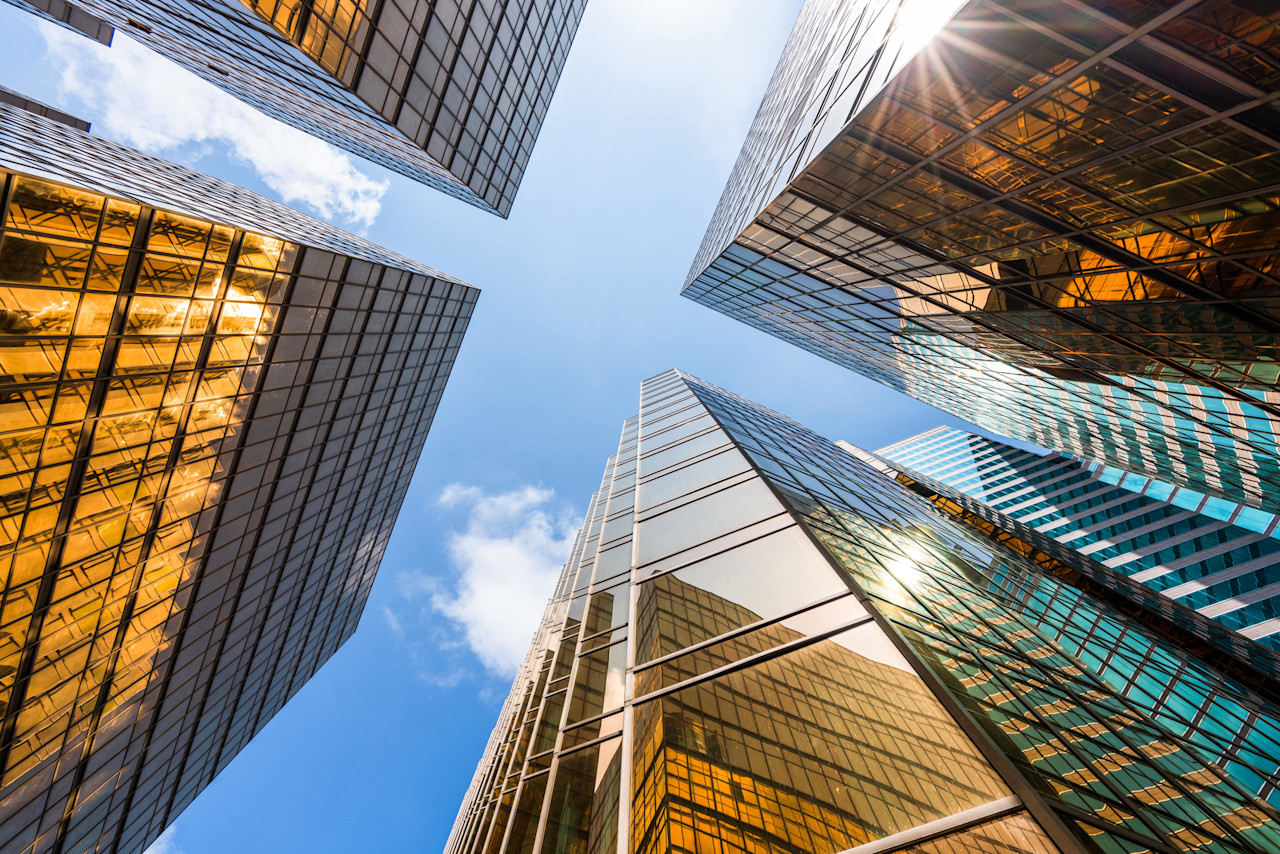

Four ESG trends that will shape the post-Covid-19 world
A ‘once in a generation’ shock event, the coronavirus will impact the trajectory of ESG trends substantially.
Summary
- Increased regulation – Governments are taking action
- Climate change – Consumer awareness is on the rise
- Automation & robotics – Industry 4.0 transforming manufacturing and its supply chains
The coronavirus outbreak, which began at the end of 2019 and developed into a global pandemic within just a few months, not only triggered an economic crisis of historic dimensions, but is also impacting the trajectory of ESG trends substantially. The lockdown of economies around the globe forced companies to suspend their business due to supply chain disruptions or to protect their own workforce. The pandemic illustrated the risks of fragile systems, fat-tail events and their extension to the real economy. Moreover, society had to adapt to a new way of living and to change traditional habits in kind of a ‘shock therapy’. The scale of business disruption, job loss and economic contraction was unprecedented, but also made people and governments think about a ‘new normal’ until the virus is brought under control, either naturally or through the development of a vaccine.
As a result, we recognize some powerful environmental, social and governance (ESG) trends.
The sharp decline in economic growth in 2020 caused governments to massively increase fiscal spending in order to mitigate the damage and to stimulate a fast recovery. The programs will cause government to play a more prominent role in economic and social affairs, leading to more regulation of both corporate and social behavior. This means the increasing socialization of certain sectors of the economy. On the positive side, this regulation will involve a strong consideration of ESG factors. The most obvious example here is the EUR 750 bln recovery plan of the European Union. It foresees the substantial funding of sustainable businesses to accelerate growth. The measures are part of the EU Green Deal, which aims to steer Europe toward being a ‘climate-neutral’ continent by 2050.
Renewable energies: The EU plans to promote decarbonization through various initiatives, such as:
The rolling-out of new projects focusing on renewable energies, mainly wind and solar
Financing the installation of 1 million charging points for electric vehicles
Clean fleet renewals by cities and companies, as well as sustainable transport infrastructure
A hydrogen strategy that will kickstart and coordinate the rapid upscaling of clean hydrogen production
Building technologies: As the heating and cooling of buildings are major contributors to climate change, the plan intends to fund building renovations and sustainable alternatives in place of previous technologies. It includes insulation and energy-efficient technology for air and temperature management as well as lighting.
Get the latest insights
Subscribe to our newsletter for investment updates and expert analysis.
Trend 2 – Climate change and a consumer shift toward clean transport
Greenhouse gas emissions from the mobility sector (cars, trucks, planes) are another key driver of global warming. In response, regulators (see above) are investing in electric vehicle (EV) infrastructure, subsidizing the purchase of EVs and modernizing rail infrastructure. With these incentives, we expect consumer spending on these sustainable technologies to increase rapidly – despite budgetary constraints due to the economic downturn. With many carmakers now offering newly designed EVs, customers are confronted with more choice across size, range, design and price. This should attract ‘mainstream’ car buyers as previous concerns – like the lack of charging infrastructure – diminish.
Rising acceptance of the new technology in combination with people’s awareness of their own contribution to climate change should help the EV market to grow exponentially and therefore to generate a higher market share.
Public transport and especially airlines have been hit hard by Covid-related travel restrictions. Many transport authorities around the world have reported a drastic reduction in users as a consequence of social distancing. It appears rather unlikely that commuting behavior will return to pre-crisis levels in the immediate future. Instead, the flexible planning of trips means avoiding typical peak-hour periods. For urban transport, this offers further potential for sharing platforms, whether it’s for cars or other means of transport, such as bicycles.
For longer distances, there are strong indications that people are becoming more willing to swap air travel for video conferencing or high-speed rail. Europe and Asia, in particular, offer reliable and safe infrastructure. In Europe, a further harmonization of the rail system will allow for more attractive connections, which will also become more competitive when initial political attempts to impose higher taxes on short-haul flights yield results.
Regulators are investing in EV infrastructure, subsidizing the purchase of EVs and modernizing rail infrastructure
Trend 3 – Reshoring of production
Many firms with international operations recently experienced the challenge of severe supply shortages. The closure of production sites and the inability to transport goods prevented them from continuing operations. The globalization of supply chains and just-in-time manufacturing lowered production costs substantially for decades, but then showed their downside all of a sudden. The vulnerabilities of the system, as well as the interdependencies between firms located across several continents, were a shocking eye-opener that will make many corporations reconsider their portfolio of suppliers and their production sites.
To mitigate supply chain risk, companies will accelerate efforts to better diversify their subcontractors and to relocate some production back to their home country. However, this so-called reshoring also requires higher investments in automation & robotics. Technologies such as 3D printing, artificial intelligence, connectivity of devices (IoT) and robots that work hand-in-hand with humans (Industry 4.0) can unlock new savings as they reduce reliance on low-skilled manufacturing.
In addition, this has implications for the global production landscape, as larger parts of it move closer to key end consumer markets. Automation allows for more flexibility in adjusting to changing demand, thus mitigating risks to companies in the event of an external shock.
Trend 4 – Decentralized working and healthy living
The pandemic has sharpened people’s awareness of personal health after it became obvious how rapidly a virus can spread around the world and how vulnerable society can become. Therefore, we expect a shift in how people view health in the future as they regain control over their own wellbeing, leading to higher demand for safety and hygiene improvements. This should be a catalyst for technologies and services allowing faster testing, diagnosis and efficient treatments. This will boost the life sciences sector, including analytical and laboratory equipment, as well as telemedicine and digital healthcare services, such as remote monitoring.
With the realization that the coronavirus may have spread from a food market in China, we expect consumers to make more conscious decisions on where and what they eat. A growing trend is healthy food involving plant-based nutrition as people have become more aware of the multiple health conditions associated with meat-based diets. The food industry has begun to develop meat alternatives, with the biggest food chains now including these dietary options in their menus. Veganism is the new lifestyle for many people.
With flexible working becoming a new reality, the trend toward e-commerce and food delivery will further accelerate. For example, we expect food delivery to move into the segment of higher-quality eating. Restaurants that previously focused on providing customers with a fine dining-in experience will now venture into the new delivery business. Beyond food, the shift from physical retail to e-commerce will continue as more people realize the benefits of shopping online.
In this context, the Farm to Fork and Biodiversity strategies of the European Union add a regulatory component here. The European Commission aims to make the food system fairer, healthier and more environmentally friendly. Targets to reduce the use of fertilizers and pesticides in agriculture and to exclude unhealthy ingredients in food and beverages should stimulate new production methods and the reformulation of processed food.
The shift in how people view health will boost the life sciences sector




















